

Hanna Stauch
Interior Designer – Boss Design
Uncertainty itself often drives trends across various disciplines and can influence how and what we choose to express as creatives. Both practically and creatively, we need answers to a whole range of questions in order to design the workplaces of tomorrow. How much hybrid working will there be in the coming year? When given the choice, what factors determine an employee’s preferred place of work? How is the depopulation of offices affecting communication amongst colleagues both professionally and socially? What is the ideal balance between task, collaboration, and well-being areas in the modern office? And what of square footage and overheads?
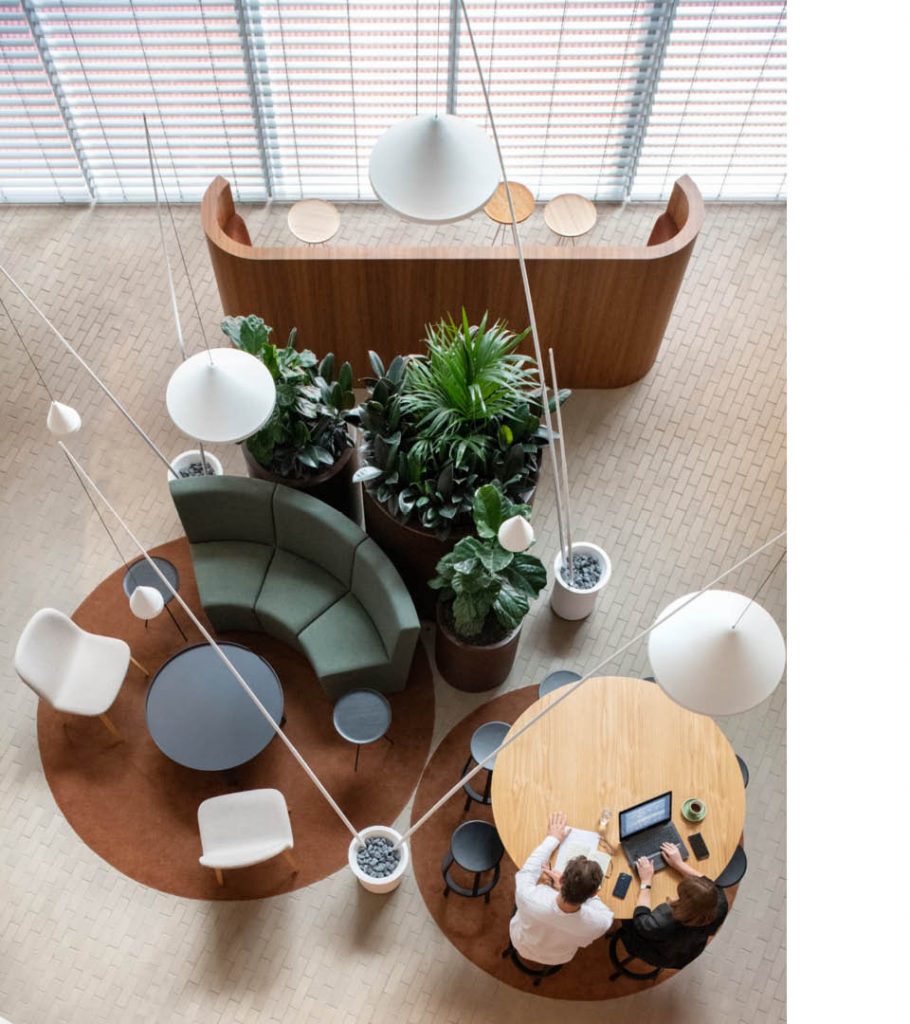
Credit Kvadrat
We can’t predict all the answers, though some begin to emerge as we recognize certain consistencies in our client briefings, the flow of product moving through our factory floor, and consumer feedback as our brand and spaces undergo product rotations. In many of the schemes we’re involved in, the focus is on creating spaces that people want to return to post-pandemic: stress- and distraction-free environments for optimum wellbeing and performance. As manufacturers of refined, ergonomic, and functional products, here are some of the key factors guiding our thinking as the New Year breaks.
For several years, many architects and interior planners have advocated a biophilic approach to the workplace. The idea is that our working environment should reflect the natural world more, breaking with the rigidity of our towns and cities. With the destabilisation many employees have experienced over the last two years, there is an even greater gravitation towards the calming qualities of the natural world.
As we navigate the impacts of lockdown, furlough and hybrid working, a strategy to focus on what we can control in our surroundings has led to conversations around continuity, comfort, and renewing energy – all of which can be achieved by some form of design intervention.

Credit Office Snap Shots
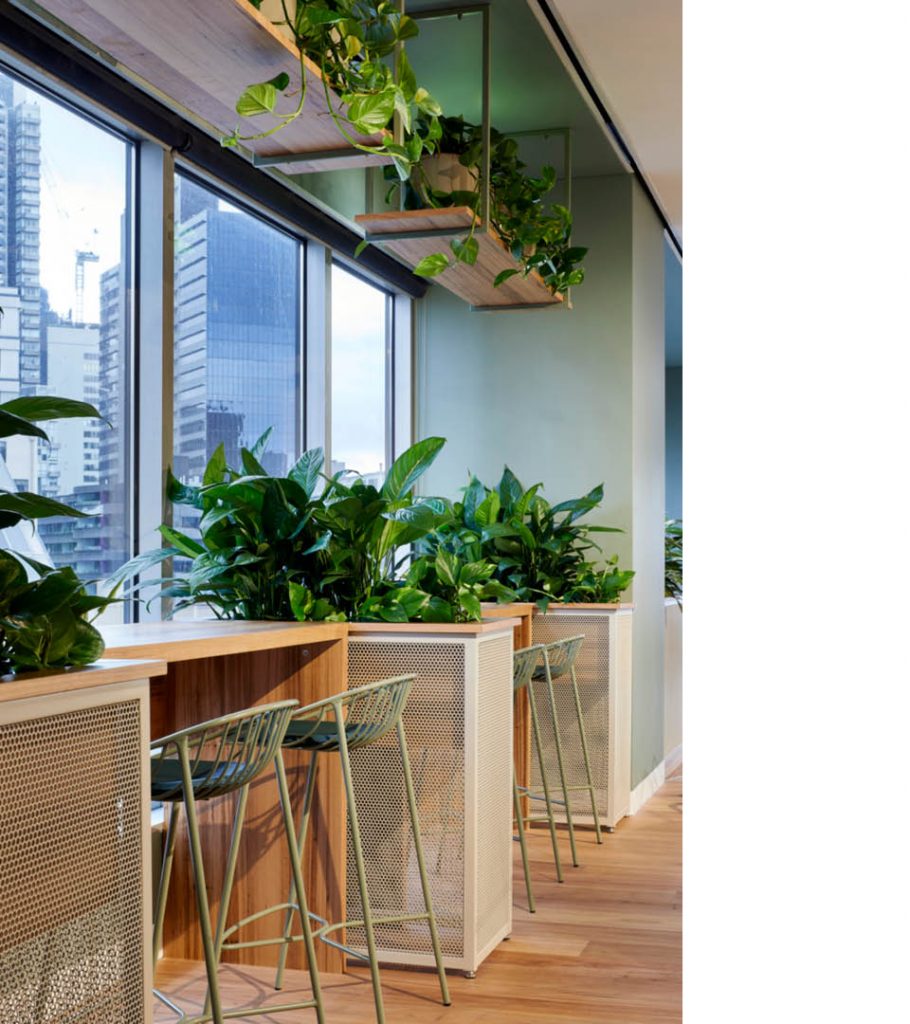
Credit Office Snap Shots
Refits may not embrace biophilic theory in its entirety, but specifiers we work with are often looking for a softer aesthetic with flowing curves over defined edges. There is demand for an organic look and feel, which we have responded to with several ranges including our Paloma and Mango seating. The same thinking is embodied in Amelia, our newly released wingback chair – lightweight yet durable, it has a lovely ribbon-like perimeter line for a very organic look and feel.
Oblong forms, suggestive of a wide horizon, soft edges and a made-to-measure feel sweep in with the idea of evoking organic settings in the workplace. A colour palette that is pale-yet earthy – tan, beige and pebble, for example – complemented with light woods and marbles – helps round off a fresh, natural and optimistic décor.
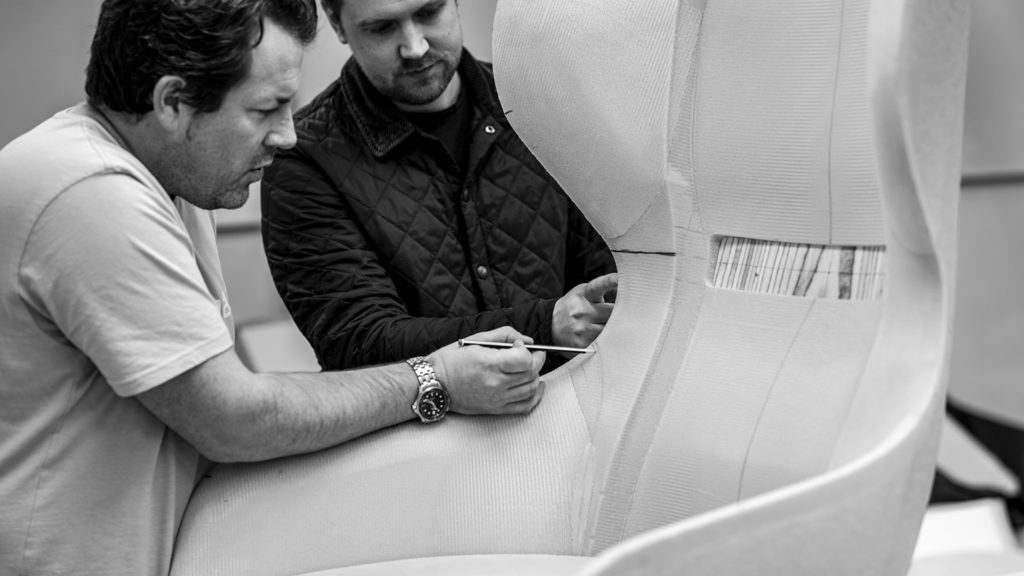
With nature at the forefront of many minds, the topic of sustainability continues the narrative. As we improve our surroundings and approach to interiors using cues from the natural world, what innitiatives are we taking to nurture and protect the environment?
The overall sustainability of a piece of furniture isn’t always visible. For example, a highly sustainable task chair such as Apply doesn’t actually look more environmentally sound than alternative models. However, clients today not only want their commercial furniture to be sustainable, they want it to look sustainable.
To embody the concept of sustainability from start to finish, there is more interest in textiles made from renewable sources like wool, linen and cotton. Naturally dyed and knitted or woven to create enticing textures – it’s a look that highlights the comfort of nature over the uniformity of the synthetic world. At Boss Design, we’re experimenting with a variety of sustainable textiles and we find the recent revival of felt particularly interesting – not just for its comfortable look and feel but for its acoustic qualities when used in focus pods.






Organoid Natural Surfaces:
“With our most sensitive sense we notice the delicate scent. We SMELL the surfaces and close our eyes: fresh Alpine-hay, sweet rose, refreshing lemon, stimulating coffee…
and we pause for a moment to breathe deeply.”
The disruption to our work life brought by the pandemic has accelerated some workplace trends that were already underway. We contributed to several refits that took place during lockdown, and were confronted with exciting challenges by workplace consultants to rethink their solutions on the fly in response to measures such as hybrid working, social distancing, and finding a new balance between areas for collaboration, focus and recharge within the space.
The landscape of the office is becoming more varied, and transitions between areas designed for different activities are gradual and/or irregular. Again, organic influences are coming into play with curves and soft edges delineating activity-based areas, augmented by lighting and colour schemes that subliminally communicate the purpose of each space.
More than ever before, our furniture designs are part of living and breathing workscapes with their forms helping define how space is used. Focus pods like our Mews range have been designed with this in mind – created for specific types of work but deployed as architectural interventions within office schemes.
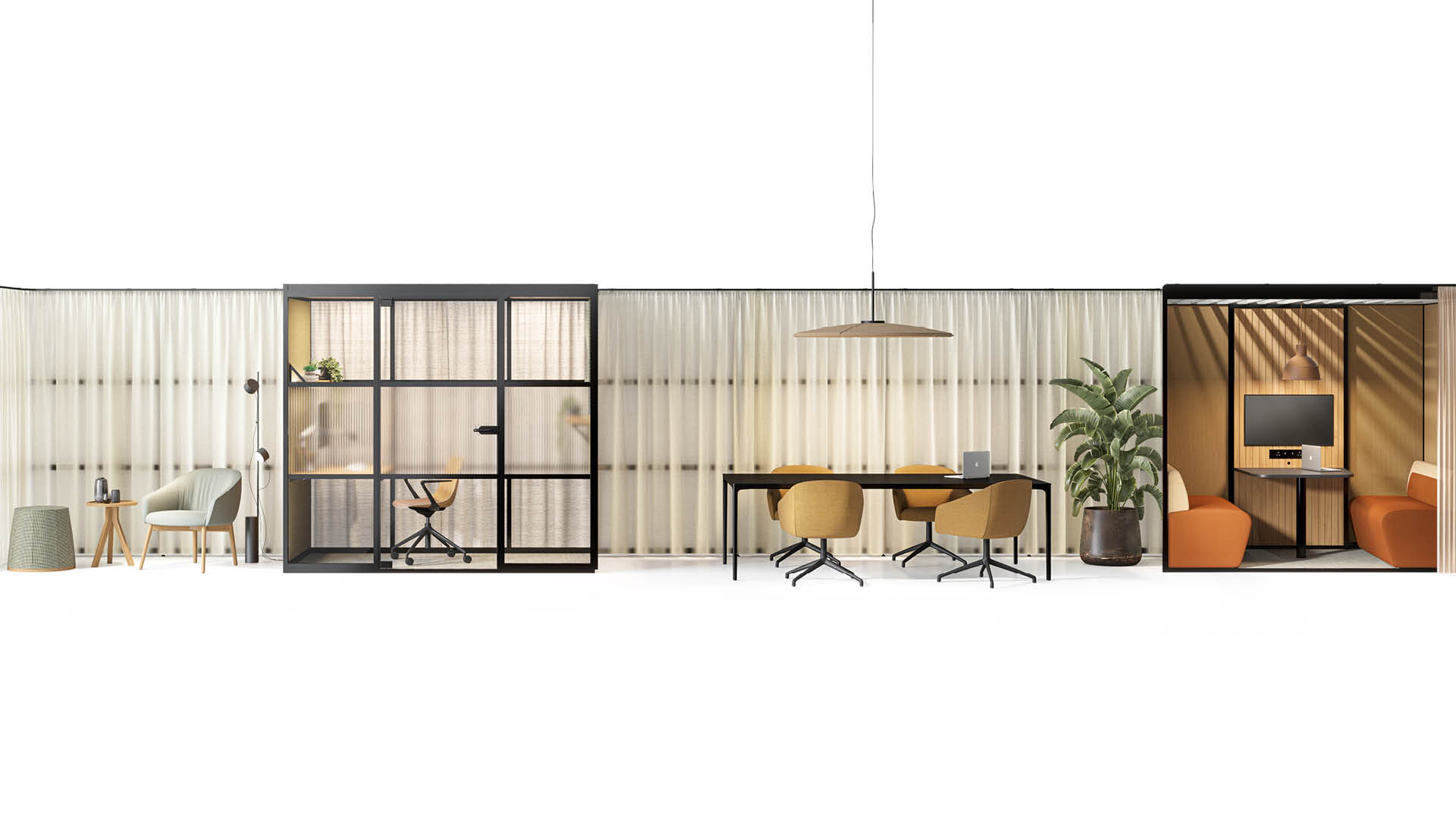

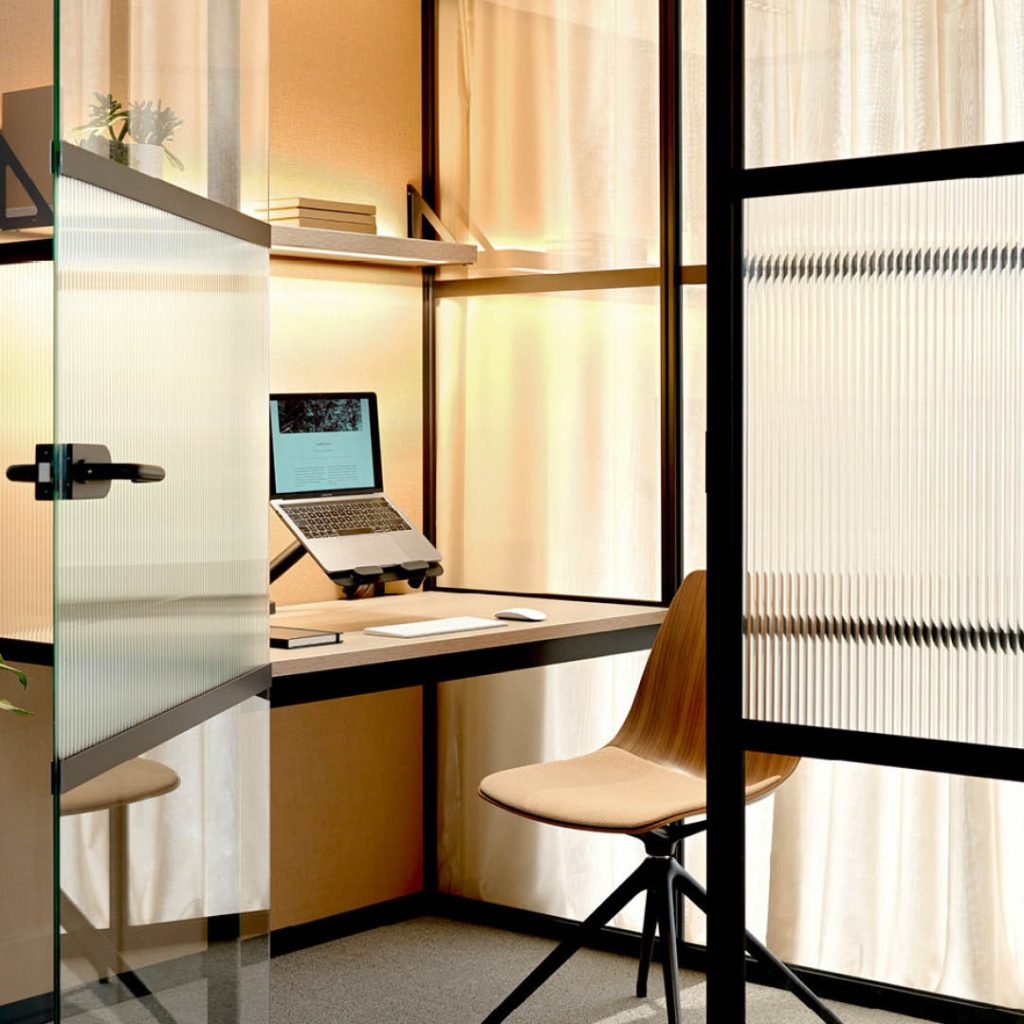
The link between employee wellbeing and productivity is well known, and over the years employers have been using workplace design to help address this. With working from home becoming prevalent in 2020 and 2021, individual employees are taking control of their well-being. Many who have configured work areas at home to suit their requirements are returning to the office with higher expectations.
There is a much greater emphasis on creating the conditions for effective focus work. According to a global survey of Microsoft employees published in September 2021, 58% of those wanting to return to the office or work at home do so for the same reason: focus work. They need spaces that give them the freedom and flexibility to choose where, how, and with whom they work depending on their deliverables that day.
This is paralleled by a greater sensitivity to distraction and employee resilience is something we must take notice of. For example, up to 30% of people may have a level of sensory processing sensitivity (SPS). As a result, they are easily distracted from tasks by external stimuli, leading to lower productivity, stress and burnout.
Better focus areas will be in demand in 2022 as workspaces continue to adapt to hybrid working and the individual wellbeing of employees. Boss Design has expanded their portfolio to include solutions like Mews, Mango and Hemm Solo focus booths, which bring individual comfort and great design to the fore.

The challenge we face designing and manufacturing commercial furniture is to offer specifiers the tools they need to make the workplace attractive, enticing and stimulating for a broad audience, large or small. Calming, tranquil designs that evoke nature are valuable, as mentioned above, but workspaces are more interesting and appealing when they feel tailored and a bit more luxurious.
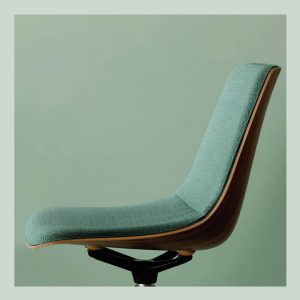
One of the ways we’ve approached this is by adding plush versions to a number of our soft seating collections. Paloma Plush, Kruze Plush and Amelia Plush all combine the gentle, sculptural forms of their original designs but look and feel soft and tactile thanks to a more relaxed approach to the upholstery. In fact, they take on an entirely new character.
Individuality is an important factor when it comes to hybrid working, Spaces carry energy. For many of us, we assign certain tasks to particular environments because we know in what conditions we are most likely to thrive or fall flat. A bustling cafe isn’t ideal for a day of back-to-back zoom calls. Those with a creative block might not find their inspiration while isolated at home. Conversely, distractions in the office could hinder pensive, high focus tasks (like writing this article). Aligning one’s tasks with the appropriate work environment is the level of considered planning we’re here to support.


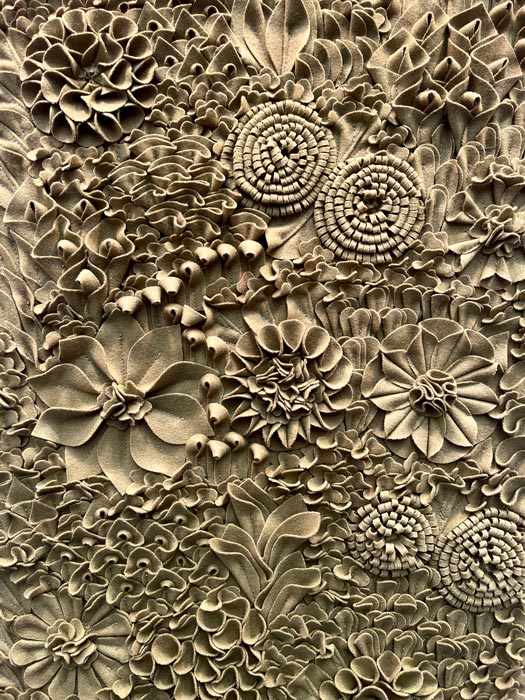
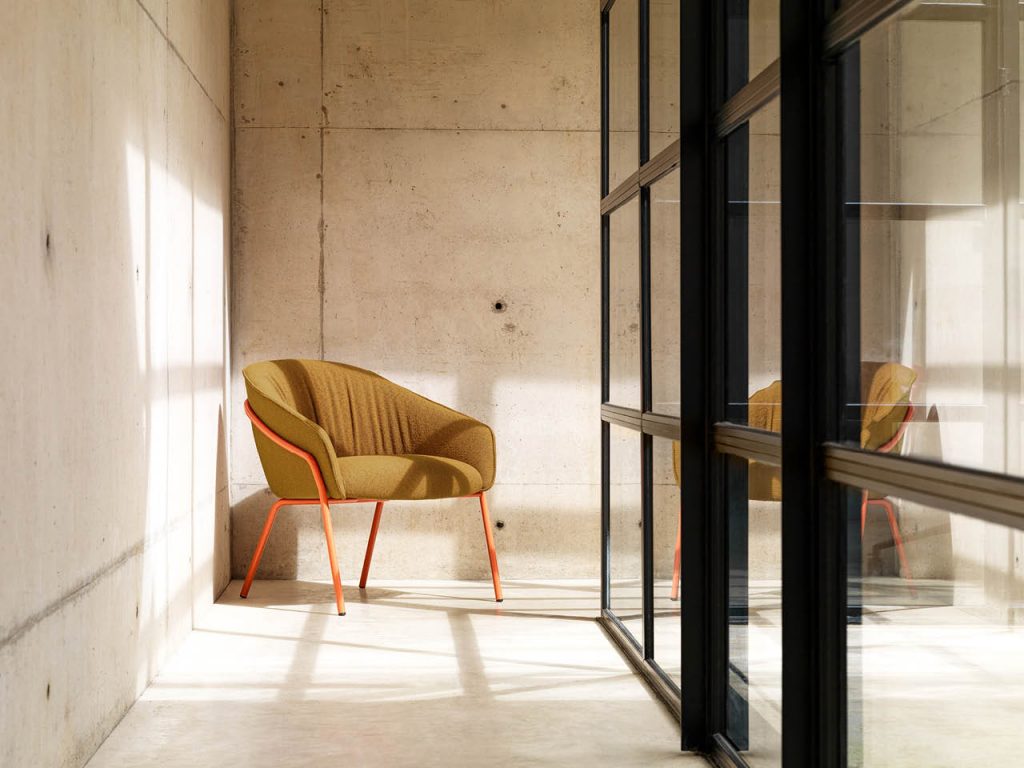
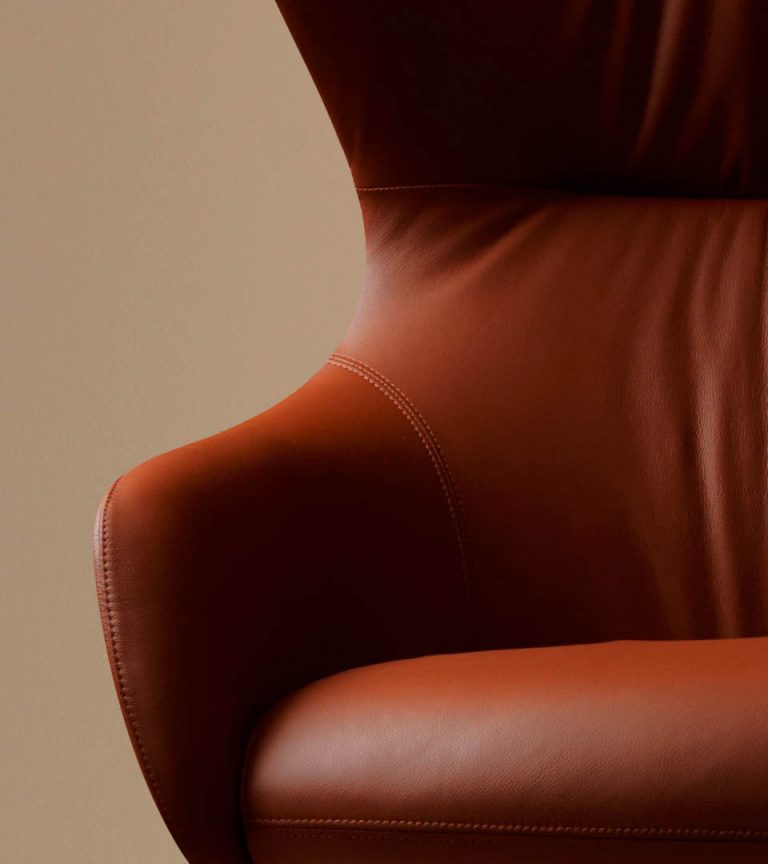
__
Feb 2022

Please wait while you are redirected to the right page...